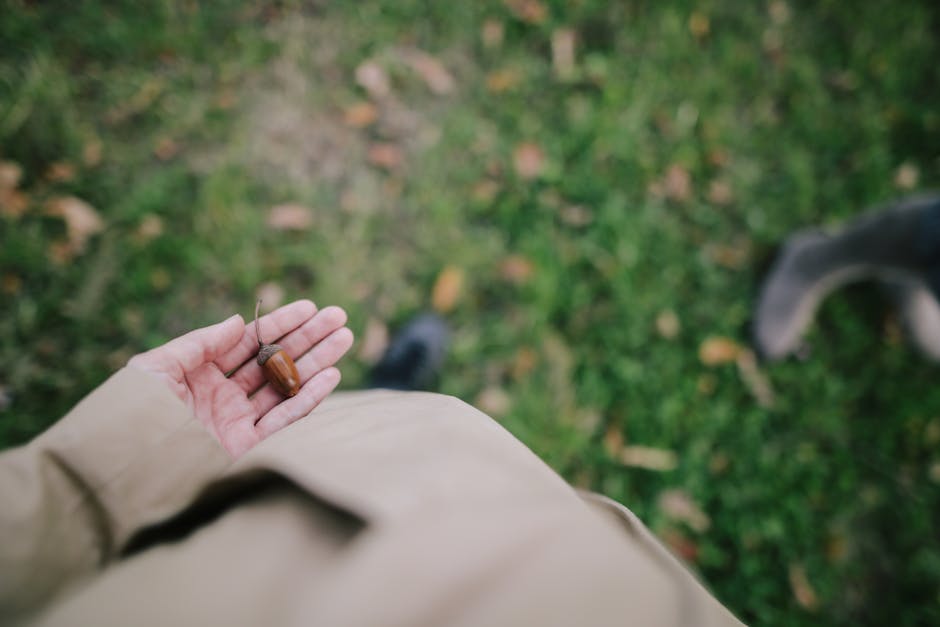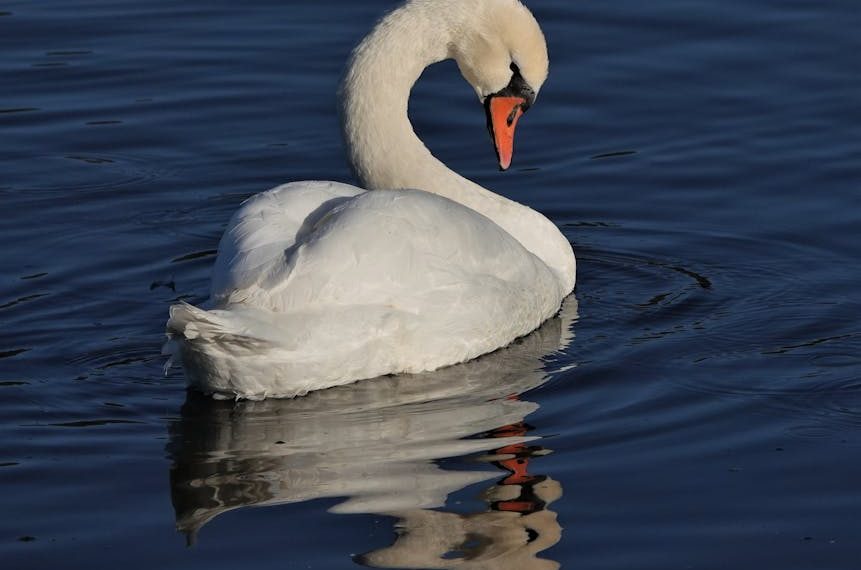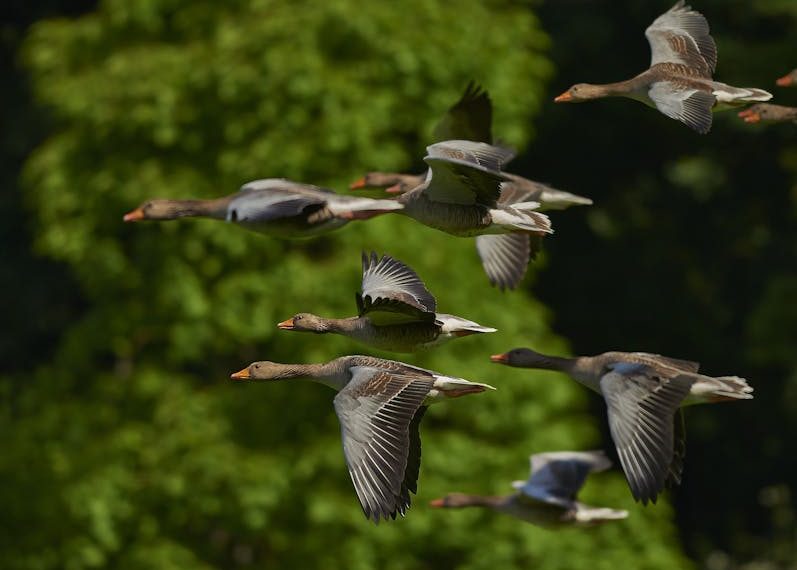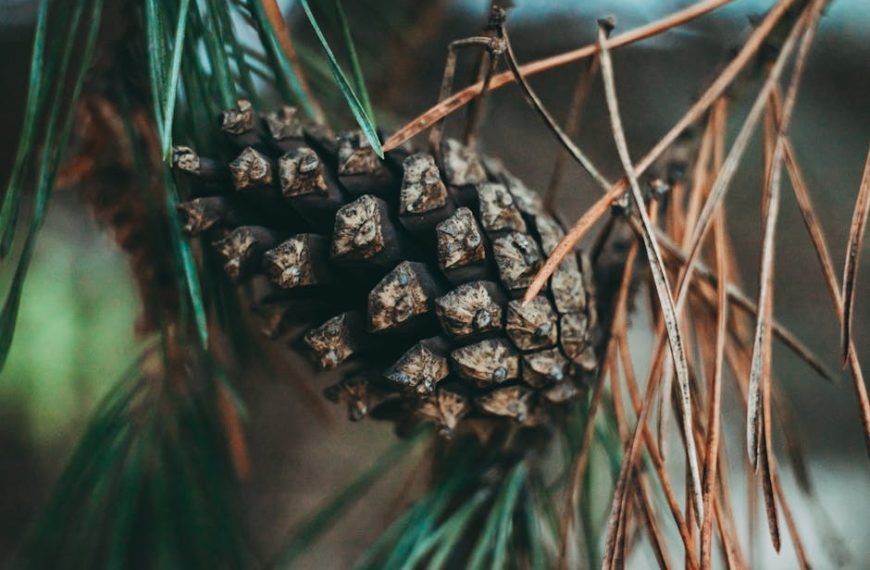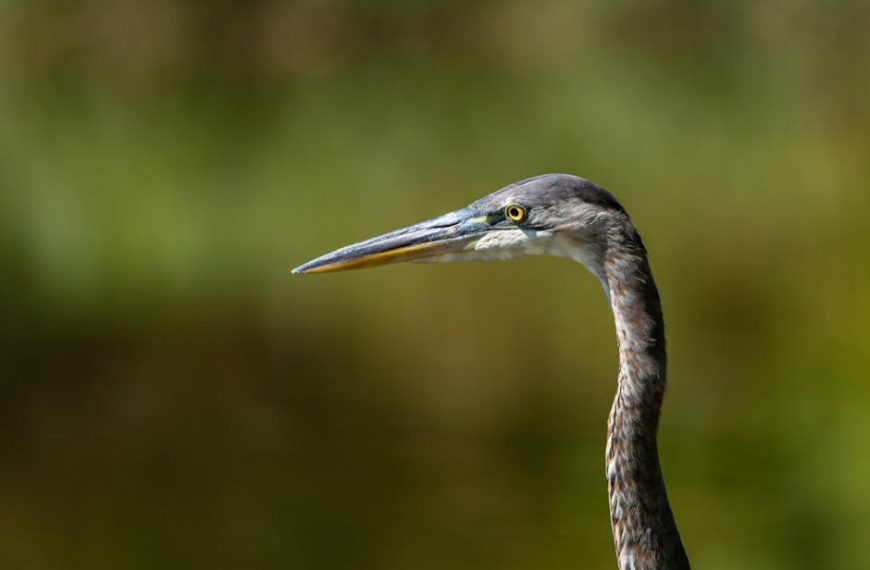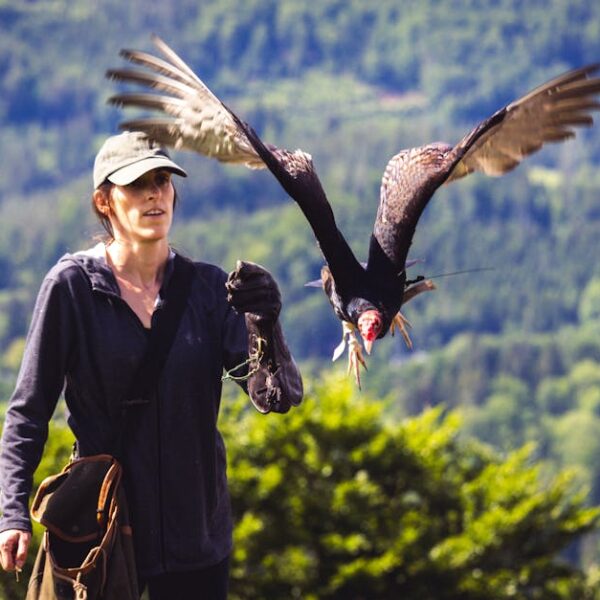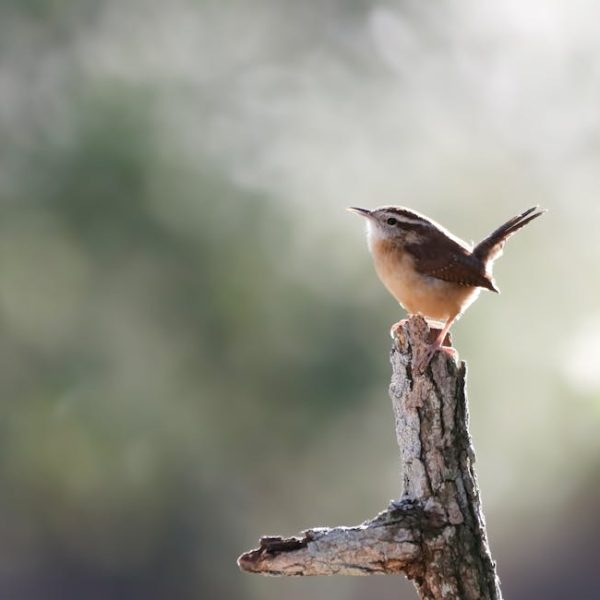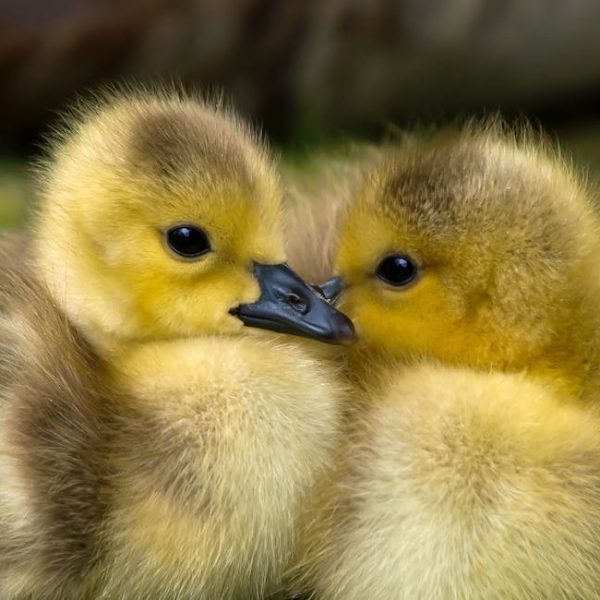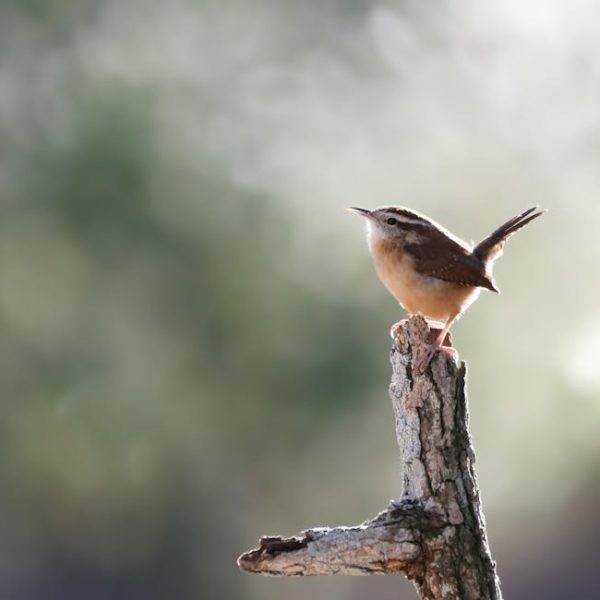When it comes to establishing a lush, verdant lawn, grass seeds play an integral role in the equation. However, birds treating your meticulously sown grass seeds as a free buffet can throw a wrench in the works. But not to worry – there are numerous efficient and ethical ways to deter these seed-loving feathered friends from interfering with your lawn landscaping endeavors. Diverse strategies such as installing physical barriers, using chemical repellents, applying natural deterrents, practicing specific landscaping techniques, and maintaining a bird-friendly environment can effectively keep birds from eating your grass seed.
Installing Physical Barriers
Physical barriers provide one of the most straightforward and effective methods to keep birds from consuming your grass seed. Various types can be employed, including bird netting, plastic owl decoys, and deterrent tapes.
Bird netting serves as a protective shield, keeping the grass seeds out of reach from the birds. Plastic owl decoys leverage the birds’ natural aversion towards owls – their predators – to deter them. Deterrent tapes, on the other hand, are usually shiny or iridescent, creating reflections and noise which birds tend to avoid.
Installation is key. Ensure that barriers are secure and appropriately situated. For instance, when using bird netting, it must be staked tightly to the ground so birds can’t get underneath. A loose net also poses a risk of trapping and harming birds. While setting up plastic owl decoys, place them at a height and in areas visible to birds, moving them periodically to maintain their deterrent effectiveness.
Using Chemical Repellents
Chemical repellents can be valuable tools in the fight to protect grass seeds from hungry birds. These typically come in spray or granule formats and work by generating smells or tastes that are unpleasant for the birds, thus discouraging them from eating the seeds.
Such repellants can be efficient but require careful use. Always follow instructions provided by the manufacturer to ensure responsible usage. The correct application procedure usually involves spraying or spreading the repellent directly onto the grass seeds or the surface area where they have been sowed.
Despite the effectiveness, chemical repellants have potential drawbacks. They may need regular reapplication, especially after rainfall and over time can become ineffective as birds may start to ignore their presence.
Applying Natural Deterrents
Natural deterrents, as their name suggests, utilize nature-based elements to discourage birds from devouring your grass seeds. This approach often appeals to homeowners who are particularly eco-conscious or those who prefer not to use chemical solutions. There are different types to consider, including using predatory bird sounds played through a speaker or using spices such as crushed red pepper that can be mixed with the grass seeds to make them less palatable for birds.
It’s essential to note that while natural deterrents can be useful, they might not be as effective as physical barriers or chemical repellants. For instance, using predatory bird sounds may lose efficacy if the birds realize that there’s no real threat. For the spice method, heavy rainfall can wash away the mixture, requiring reapplication. However, with strategic and consistent use, natural deterrents can certainly play a part in protecting your grass seeds.
In the next two sections, we’ll delve into landscaping techniques and how to maintain a bird-friendly environment as additional measures against birds feasting on your lawn-to-be.
Landscaping Techniques to Discourage Birds
Landscaping techniques – although often overlooked – can act as a powerful deterrent against birds that show a little too much interest in your grass seeds. The concept is simple: set up your yard in a way that’s unappealing to your avian guests.
A well-known method is to vary the plant height in your garden. Birds prefer flat terrain, so incorporating variety in your garden’s elevation can dissuade birds from setting up shop. Tall plants also act as a physical barrier, protecting your seeds from birds.
Mulch can be effectively used to cover grass seeds, making it more challenging for birds to find them. A nice layer of organic mulch not only hides the seeds from the view but also retains soil moisture and adds nutrients, promoting the rapid growth of your grass.
Even without a professional landscaper, you can implement these techniques with patience and a little bit of creativity. Just remember, when it comes to landscaping, diversity is key – so don’t be afraid to mix it up!
Maintaining a Bird-Friendly Environment
While it might sound counter-intuitive, maintaining an environment that attracts birds can actually help protect your grass seeds. The idea is to keep them satiated and distracted with other offerings, so they leave your seeds alone.
Bird feeders, bird baths, and bird houses can all serve as attractive distractions. Positioning these bird-friendly features away from the area where you’ve sowed the grass seed can lure birds to a different part, reducing their interest in your grass seeds.
However, there are associated challenges with this method. Attracting more birds to your yard might increase the risk of having more birds potentially targeting your grass seed. Regularly replenishing bird feeders or maintaining bird baths and houses can require additional time and resources.
But when utilized effectively, this strategy can help strike a balance – creating a yard that both you and the birds will love, without compromising your grass seeding strategy.
All of these techniques – physical barriers, chemical repellents, natural deterrents, strategic landscaping, and maintaining a bird-friendly environment – have their pros and cons, but they can all contribute to keeping birds from eating your grass seeds. With persistence and a tailored approach to your particular circumstances, you can encourage your grass to grow while maintaining a healthy coexistence with your feathered friends.
Key Takeaway:
- Physical barriers such as bird netting, plastic owl decoys, and deterrent tapes can be effective in keeping birds away from grass seeds.
- Chemical repellents, either in spray or granule form, work by making grass seeds unpleasant for birds, thus deterring them.
- Natural deterrents like predatory bird sounds and spices make use of nature-based elements to discourage birds.
- Landscaping techniques like varying plant heights and using mulch can make the environment unappealing to birds.
- Maintaining a bird-friendly environment through bird feeders, bird baths, and birdhouses can distract birds from the grass seeds.
Doing all you can to protect your grass seeds from birds needn’t be a daunting task. With a mixture of methods, you can effectively deter birds from turning your lawn into a buffet, complete without causing harm to these feathered friends. Experiment with different strategies to find what works best for your particular circumstances, and remember – a happy bird is a bird that isn’t eating your grass seed!
FAQs
Q: Can I use more than one method in preventing birds from eating my grass seeds?
A: Yes, a combination of methods can often lead to the best results. It depends on the specific circumstances in your garden and what kind of birds you’re dealing with.
Q: How often should I reapply chemical repellents?
A: This can depend on the specific product you’re using, weather conditions and if the birds continue to be a problem. Always follow the instructions on the product package.
Q: Are there any precautions I should take when using physical barriers?
A: Yes, any installed physical barriers should be secure and not pose a risk of trapping or harming the birds. For instance, bird netting should be tightly staked to the ground.
Q: Can landscaping techniques damage my lawn or grass seeds in any way?
A: No, if done properly, landscaping will not harm your lawn or seeds. In fact, certain landscaping techniques such as using mulch can even benefit the growth of your grass.
Q: Can maintaining a bird-friendly environment attract more birds to my yard?
A: Possibly, but the idea is to keep the birds satiated and distracted with bird-friendly features so they leave your seeds alone. Place these features away from where you’ve sowed your seeds.
Feel free to share this article with anyone you know who might find it useful, and explore more of our posts for further insights and guidance.
